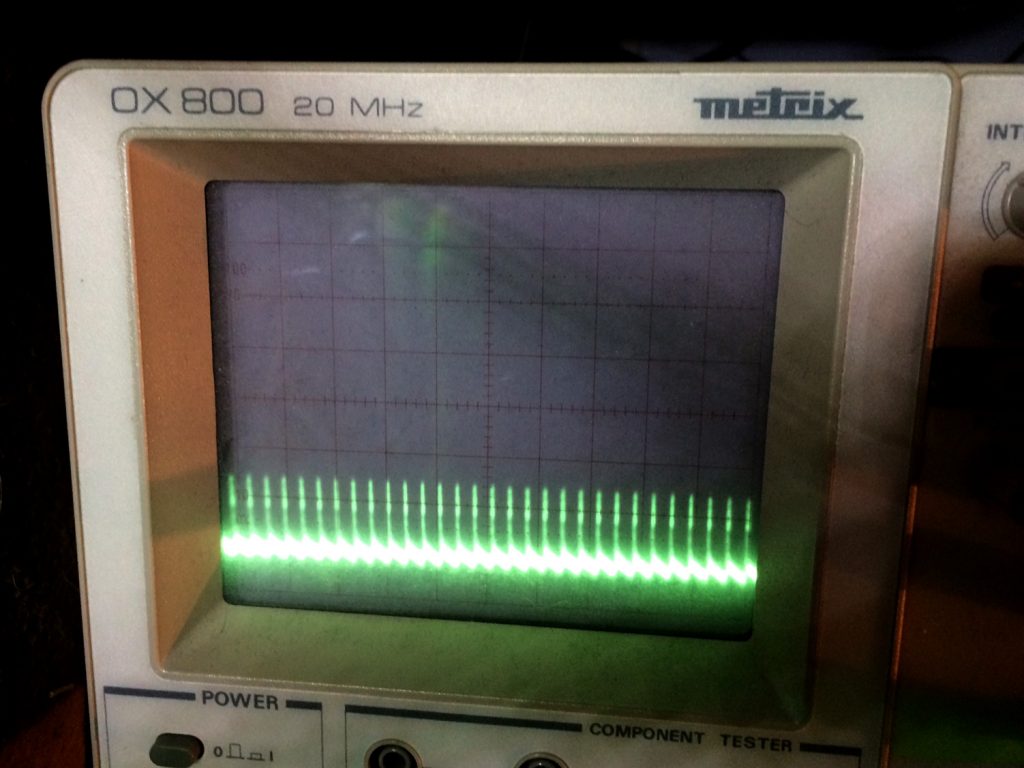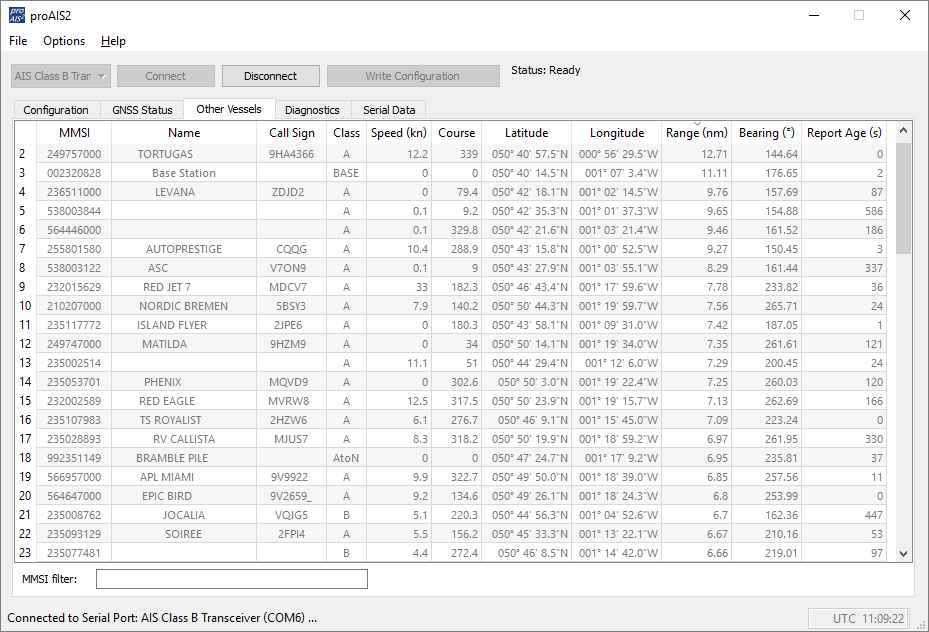
With more and more vessels fitting low power LED bulbs for both external/navigation and internal lighting these days, the number of reports of interference to other electronic equipment, in particular AIS, is definitely on the increase. In fact the US Coastguard recently posted an Alert on their website about this issue…
https://www.dco.uscg.mil/Portals/9/DCO%20Documents/5p/CG-5PC/INV/Alerts/1318.pdf?
We first became aware of this possibility back in 2014, when a YBW forum post, reported reception problems on one of our older AIT1000 transponders whenever the LED Navigation lights were turned on…
http://www.ybw.com/forums/archive/index.php/t-391533.html
At the time we carried out a series of tests on a selection of LED bulbs and found that some models did indeed have an adverse affect on AIS reception, with one particular bulb, completely knocking out all AIS Target reception.
The reason for the interference can be traced to the quality of the voltage regulator design the LED manufacturer has used. Although most are well designed and do not generate electrical noise, a small minority can generate electrical noise with sharp spikes whose harmonics interfere with the VHF frequency band.
The image below was an oscilloscope measurement of the negative power connection of one of the bad LED bulbs. This negative voltage would normally be flat, but the spikes you see are generated by the bulb’s switch mode regulator that reduces the 12v DC power down to a lower voltage required by the LED. Although the voltage spike is only around 0.2v, it still creates enough power to be picked up by sensitive radio frequency receivers.
You would probably not notice this noise on your VHF voice calls, except possibly having to increase the squelch level slightly, but digital signals like DSC and AIS, can be corrupted by this electrical noise, causing them to be ignored/rejected by the AIS receiver/transponder.
The good news is that many LED bulbs, particularly those from the larger more reputable brands work perfectly well, but with this recent Alert from the USCG and from the reports that we receive each year, we would definitely recommend that dealers/installers make an LED lighting check part of their AIS commissioning process.
It is a pretty simple test to do and if you have an AIS receiver/transponder on your boat and have recently fitted LED bulbs, then we would also recommend you doing this test. Much easier to spend a few minutes testing in the marina, than get a nasty shock next time you are out sailing in poor light conditions.
Basically the test consists of measuring the number of targets you can receive with no LED lighting on and then repeating the measurement with all of the LED lighting turned on. Any AIS display can be used, but for those of you with one of our AIS Transponders, the perfect tool to use, is our proAIS (AIT250/AIT1000 models) or proAIS2 (AIT1500/AIT2000/AIT3000/Nomad models) software that we include on our software CD (supplied with every transponder) or that can be downloaded from our support website.
With the LED lighting off, connect the transponder to a computer running proAIS or proAIS2. Go to the “Other Vessels” tab and click on the Range column header to sort the received AIS target list by Range (distance). Allow around 3 minutes for the transponder to receive at least one position report from every AIS target within reception range. Scroll down the page and make a note of how many targets have been received and the maximum Range of the furthest away target.
Now close the proAIS/proAIS2 software, turn on the LED lighting and run the proAIS/proAIS2 software again. Return to the “Other Vessels” tab and click again on the Range Column to sort the list. Wait for 3 minutes and compare the number of targets now being received and the range of the furthest received vessel. Allowing for the fact that one or two vessels may have moved out of or come in to reception range, the number of AIS targets received and the maximum range achieved should be very similar.
If the number of targets or range is significantly reduced when the LED lighting is on, then you potentially have a problem and will need to repeat the test again with different lights turned OFF/ON to try and isolate the individual lights that are causing the interference.
The more this subject is discussed, hopefully the quicker these “noisy” LED lights will be discovered and removed from the market. Please feel free to share this article on your own social media channels.










Thanks for sharing this is precious information with us, this is really helpful for me and i hope you to add some more information like this in future as well